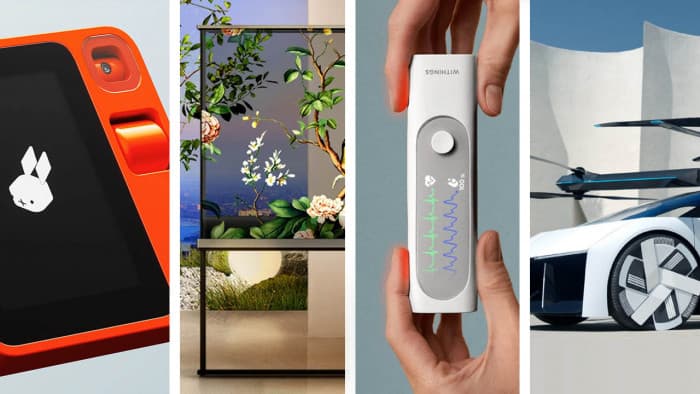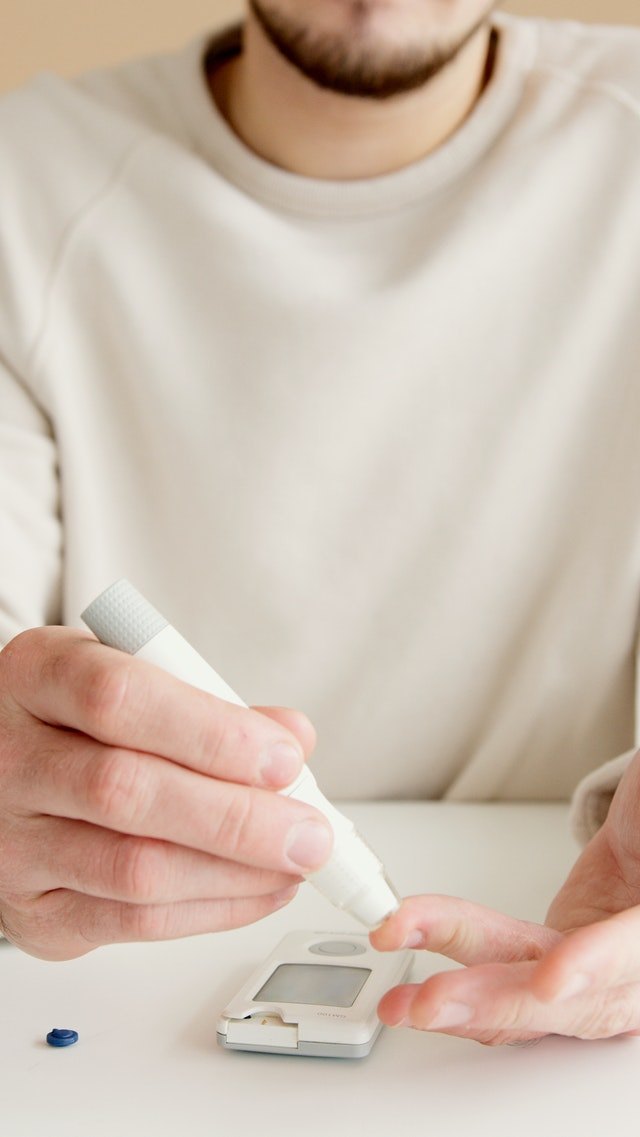Smart Medical Gadgets for Home: The Future Is Already Here
Medicine has long ceased to be confined to hospitals. New technologies have stepped beyond the clinic walls and firmly settled in our homes. Smart medical gadgets no longer seem like part of a futuristic movie — they’ve become a reality for those who care about their health and want to keep everything under control without leaving home. And in this context, Hungary is keeping pace with global trends: more and more families are using devices to monitor blood pressure, sugar levels, heart rate, and even sleep.
Why Are Home Medical Devices Becoming Increasingly Popular?
The modern pace of life demands convenient solutions. People don’t always have time for regular doctor visits, especially when it comes to prevention. And it’s precisely monitoring and early detection of abnormalities that help prevent serious illnesses. Smart gadgets allow this to be done efficiently and accurately.
More and more Hungarians are choosing home technologies to monitor their health, especially after the pandemic, which highlighted the importance of being able to take care of oneself in isolation. Moreover, these devices pair well with another growing trend — digital entertainment. In a world where many prefer to relax at home playing at a magyar casino, watching streams, or listening to podcasts, it’s convenient to have a device nearby that monitors pulse, blood pressure, or stress levels in the background. It creates a balance between enjoyment and responsibility for one’s well-being.
Which Devices Are Truly Useful at Home?
Smart Blood Pressure Monitors
They no longer make loud noises or require paper records. Modern monitors sync with smartphones, log data, build graphs, and can even send information to your doctor. Some models analyze pressure trends and alert you when it’s time to take action.
Next-Generation Glucometers
For people with diabetes or a predisposition to it, these are essential tools. New devices allow glucose analysis without finger pricks, using sensor technologies and continuous glucose monitoring. All of this comes in compact sizes with long battery life.
Smart Scales
These measure not only body weight but also fat index, water percentage, muscle mass, and bone density. Via an app, users can track progress, set goals, and receive recommendations. Such gadgets are used not only by athletes but also by everyday people striving for a healthy lifestyle.
Heart Rate Monitors and Cardiomonitors
Many of them look like fitness bands but offer medical-grade accuracy. They measure heart rate, detect arrhythmias, and can even warn about potential heart problems. Some models are integrated with telemedicine platforms, which is particularly convenient for elderly users.
Smart Technologies for Sleep and Emotional Well-being
Sleep is a crucial component of health. Modern sleep trackers monitor sleep phases, detect disturbances, and help develop healthy habits. Some gadgets analyze breathing, room noise, temperature, and can even adjust lighting according to sleep phases.
Alongside this, devices that measure stress, anxiety, and emotional states are gaining popularity. They are used not only in medicine but also in everyday life — for example, before an important interview, negotiations, or simply to assess your general condition at the end of the day.
Reliability and Accessibility: What to Know Before Buying?
The emergence of many manufacturers has made smart medical devices more accessible, including to Hungarian residents. But it’s important to understand that not all gadgets are equally useful. Before buying, pay attention to:
certification (e.g., CE or FDA);
the ability to sync with medical platforms;
battery life and brand reliability;
language support — does the device support Hungarian and relevant apps?
How Are Technologies Changing the Approach to Health?
Today, taking care of health is becoming part of daily routine rather than a one-time action. People increasingly measure health indicators not because there’s already a problem, but to prevent one. This applies to all age groups: older adults gain more independence, and younger users get more control and confidence.
In combination with other digital habits — whether working from home, online learning, or even entertainment like virtual casinos — medical gadgets make homes not just comfortable but also safer to live in. This is especially important at a time when we’re increasingly looking for ways to maintain our health without frequent doctor visits.
The Future: What’s Next?
Each year, technologies are becoming smarter. Devices capable of detecting COVID-19 through breath analysis or predicting migraines hours in advance are already on the market. Artificial intelligence is being increasingly integrated into the health field, helping to analyze data and offer personalized solutions.
Furthermore, we can expect even more integration: smart gadgets will “talk” to smart homes, adjusting lighting, temperature, and even reminders based on the user’s health status. The home is no longer just a place to live — it’s becoming a kind of personal health assistant.
Conclusion
Smart medical gadgets are not just a trend — they’re a real step toward a higher-quality and more conscious life. As people’s habits increasingly shift to the online space — whether for work, relaxation, or entertainment — self-care is also going digital. And these technologies make it accessible, understandable, and effective for everyone.

